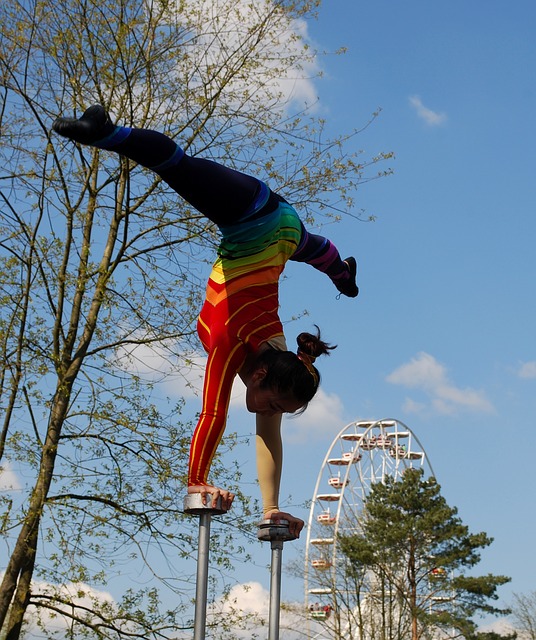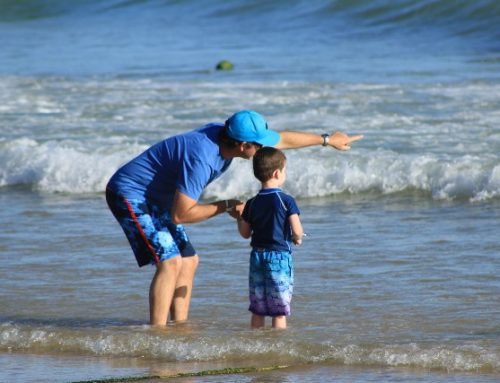My phone rang; it was a friend rescheduling an appointment we had together the next day that I was looking forward to for weeks! I told her, at that moment, I was writing a blog on the topic of flexibility, so I thought it was in my best interest to handle the change of plans well. Isn’t it always in our best interest to handle changes to our original routes and plans as best we can?
On the rollercoaster of life, there are many twists and turns. A wise friend once reminded me of our choice on how to ride that rollercoaster; we can throw our hands up in the air and squeal with pleasure and delight, or slam our eyes shut, grip the bar, and hang on for dear life while begging it to stop. Is it retrograde? Who knows. Timing? Could be. Agreements made may shift. Appointments confirmed could change last minute. We want to count on things and people, but sometimes can’t. What can we do? Or better yet, who can we be to best navigate the ups, downs, and surprises ahead?
One of the most useful tools in our tool belt is flexibility. Flexibility is “the quality of bending easily without breaking, the ability to be easily modified, and a willingness to change or compromise.” In order for us to ride the happiness continuum, we need to exercise flexibility like a muscle; in thinking, being, and relating. This is essential to our peace and well being. To keep our attitudes positive and feel good daily, sometimes we need to shrug our shoulders, pause, breathe, shift, and recalibrate.
Flexibility is the aptitude to alter our course on a moment’s notice. Learning the fine art of flexibility, in my early twenties, changed who I was and who I was going to be. On the rollercoaster ride of life, flexibility is a must, and ahead are a few distinctions to help make your ride smoother and more enjoyable along the way.
“We cannot control the wind, but we can adjust the sails.” –Dolly Parton
Acceptance vs. Resistance
Is resistance innate? Or is it learned? Holding on to resistance is a choice. Our wiring may tell us differently, our society may say otherwise, but when we make a commitment to awareness and living consciously, the duration or severity of resistance becomes an option. A wise friend of mine calls this moment a decision point. When a situation arises that does not go the way we hoped or expected, a moment comes when we have the choice to get upset about it and allow it to disrupt our lives, or do our best to stay present, in harmony, and move forward in a different, dare I say better, way. The opposite of resistance is acceptance. We don’t have to like something that occurs, but in order for us to make peace with it, we need to learn to accept it. Acceptance is allowing things to be as they are. When my mother was dying of cancer I posted a quote on the cabinet in her kitchen and read it each day as I entered her house. “You must do the thing which you think you can not do.” This helped me immensely. It was a gradual acceptance of an extremely difficult situation I had little to no control over. Each of us have our own ways of helping ourselves accept things. We need to pay attention to what those are. My husband and I often share a Buddhist saying, “It is what it is.” This helps us instantly accept an undesirable occurrence or an unexpected outcome with greater perspective, in a simpler way.
Eliminating Tolerations vs. Distraction Driven
One way to assist us in coasting freely downhill is to eliminate tolerations. Tolerations are things that need to be handled or taken care of, that we allow to linger. Tolerations take up space in our brain. They distract us from being present. They vary in weight and size from an important conversation that is overdue with a co-worker, to a constant squeaking sound in your car that needs to be fixed. Consciously removing tolerations from our life helps us gain more flexibility. When the little things that cause us annoyance and distraction are taken care of, we can focus clearly on the big things.
“Life is not a dress rehearsal. The curtain is up and you are on, so get out there and give it your best shot.” –Jeunesse
Responding vs. Reacting is a powerful distinction for modification. When we respond to someone or something, we are present. Responding comes from the self. Responding is new. We are open, listening, patient, seeking to understand. When we react to someone or something, we are on unconscious auto-pilot. Reacting is old. We are coming from the ego, and it is often out of fear. Part of acquiring greater flexibility is to commit to respond as often as possible to create the healthiest communication exchanges we can. Responding gives us piece of mind and the opportunity to receive new knowledge or wisdom.
If our goal is to ride the happiness continuum, we have to continually check in with ourselves to see how we are bending with the curves. We need to consult our navigation system to confirm we’re on the best route. We need to accept what is, eliminate distractions, and choose to respond. To be positive and feel good daily, sometimes we need to shrug our shoulders, pause, breathe, shift, and recalibrate. And remember, when you hear the clink, clink, clink, as you slowly approach the top of the hill on that rollercoaster, take a good look at that view, deep breath in, throw your hands in the air, and feel the rush of being alive.





Leave A Comment